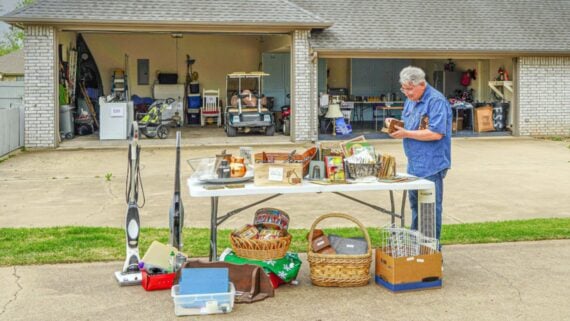Wild garlic, roadside asparagus, and chives are well-known for their widespread backyard availability and edible quality. But have you ever looked at the other plants in your yard and wondered if you could eat those too? From flowers to what you think are just weeds, there are tons of surprisingly edible plants lurking in your neighborhood.
Here are eight plants you probably didn’t know you could eat, and how to eat them.
Related: How Our Ancestors Figured Out Which Foods Were Safe To Eat
1. Dandelions
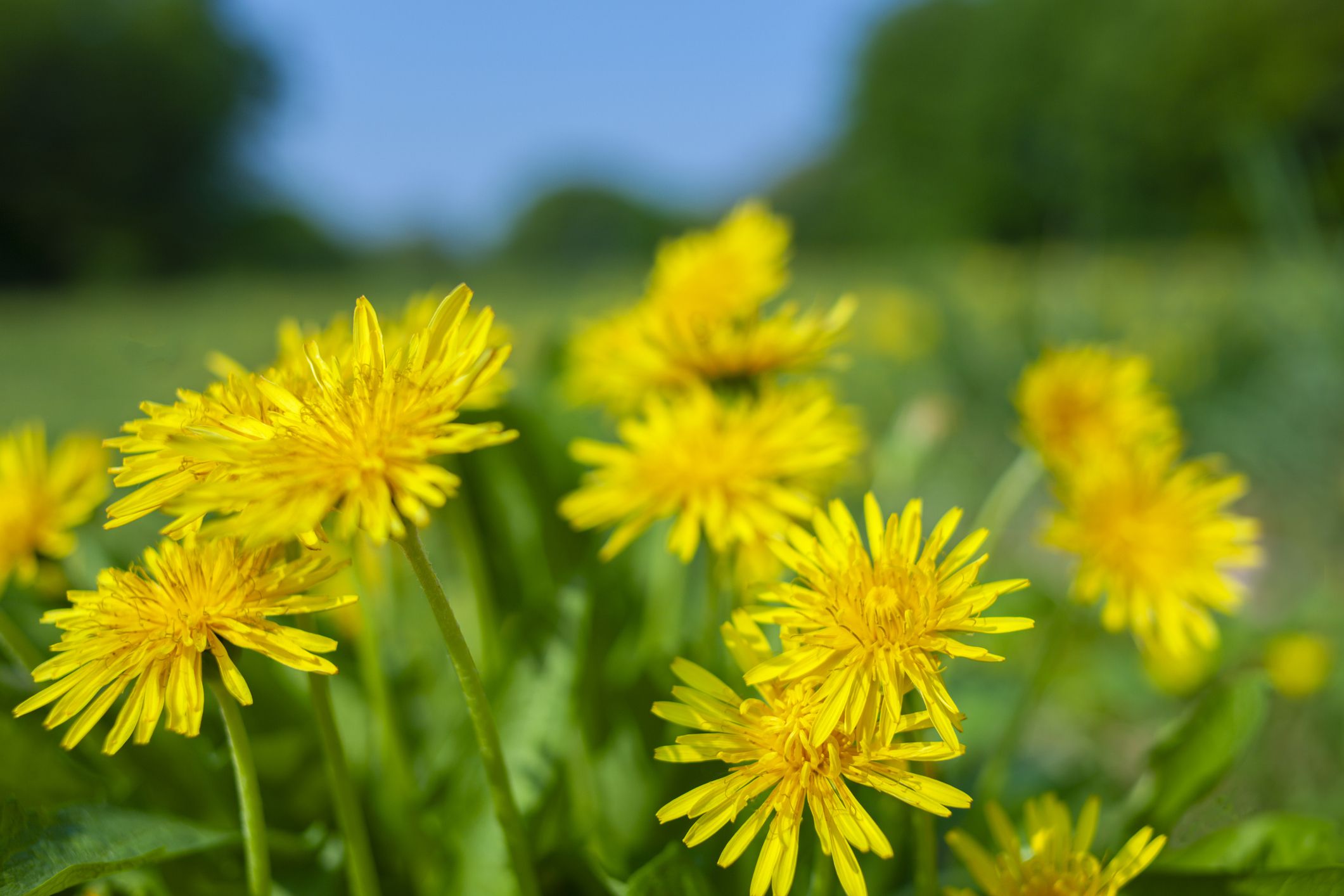
From the roots to the flowers, every part of a dandelion is edible — so think twice before you mow them over in a hurry every time they pop up in your backyard. Cook them or eat them raw, add them to salads or soups, use the roots as a coffee substitute or infuse tea with them, or dry the flowers to make a vinaigrette.
Related: Which States Care the Most About Its Lawn Care? The Answer Might Surprise You
2. Clover
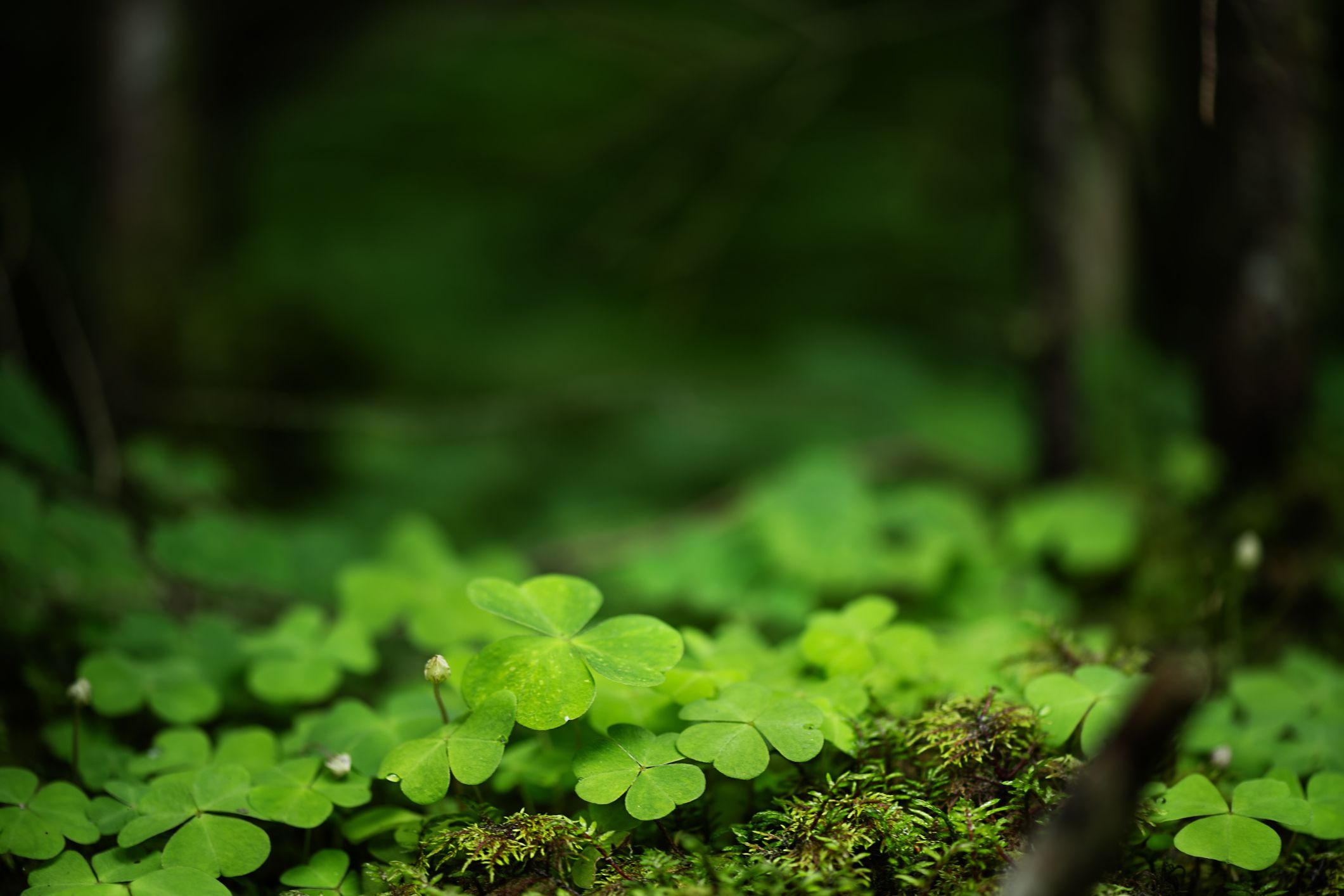
You might get lucky indeed if you find a four-leaf clover because they’re edible. The leaves can be eaten raw in sandwiches or salads. You can also dry the flowers and use them to make tea, or you can infuse vodka or jellies with them.
For more fun stories like this, please sign up for our free newsletters.
3. Cattails
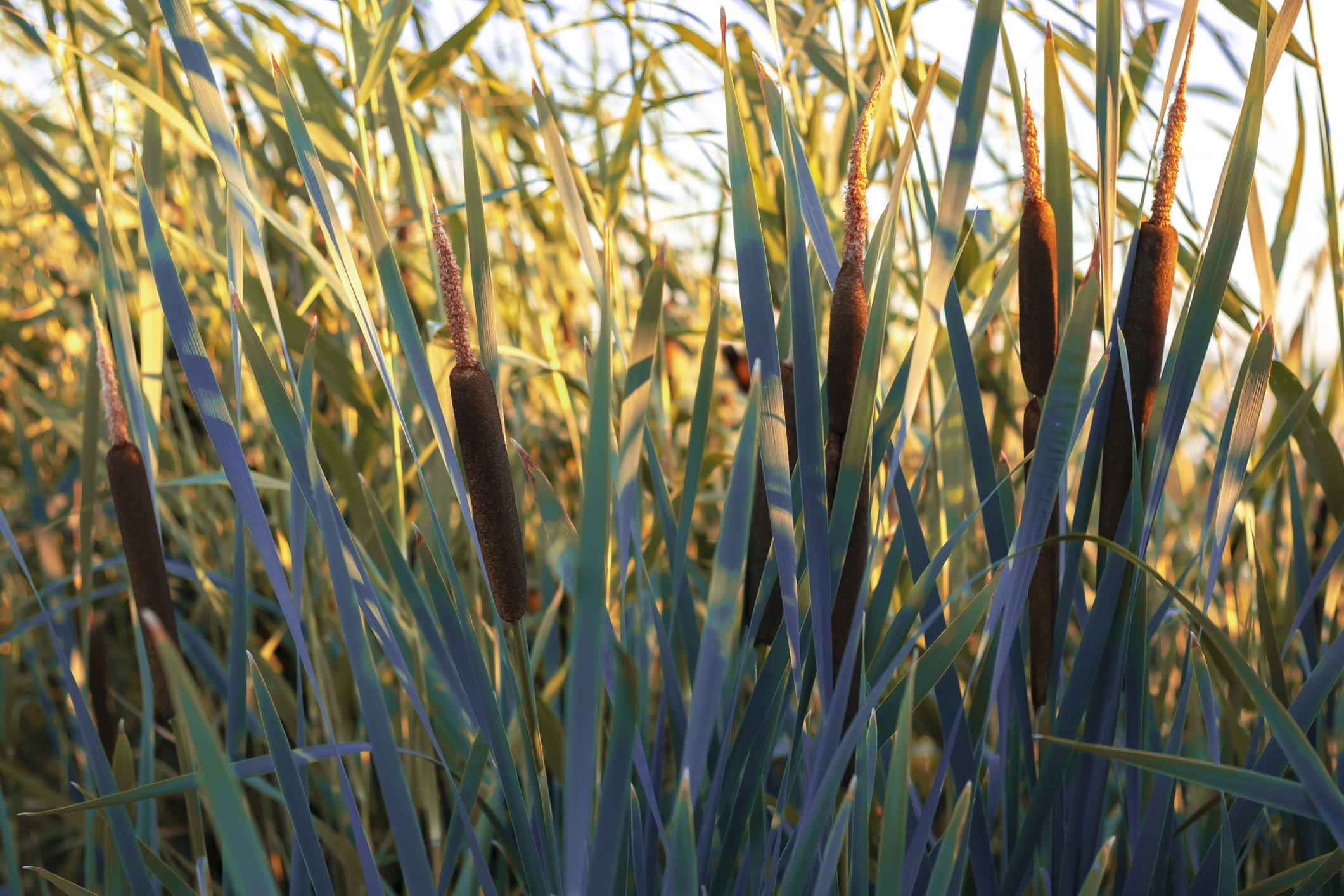
Cattails are a fun plant with a fluffy top, but you can also eat them. You can boil the young stems or eat them raw and eat them just as you would corn on the cob. The lower parts of the leaves are also a welcomed addition to salads.
4. Red Sorrel
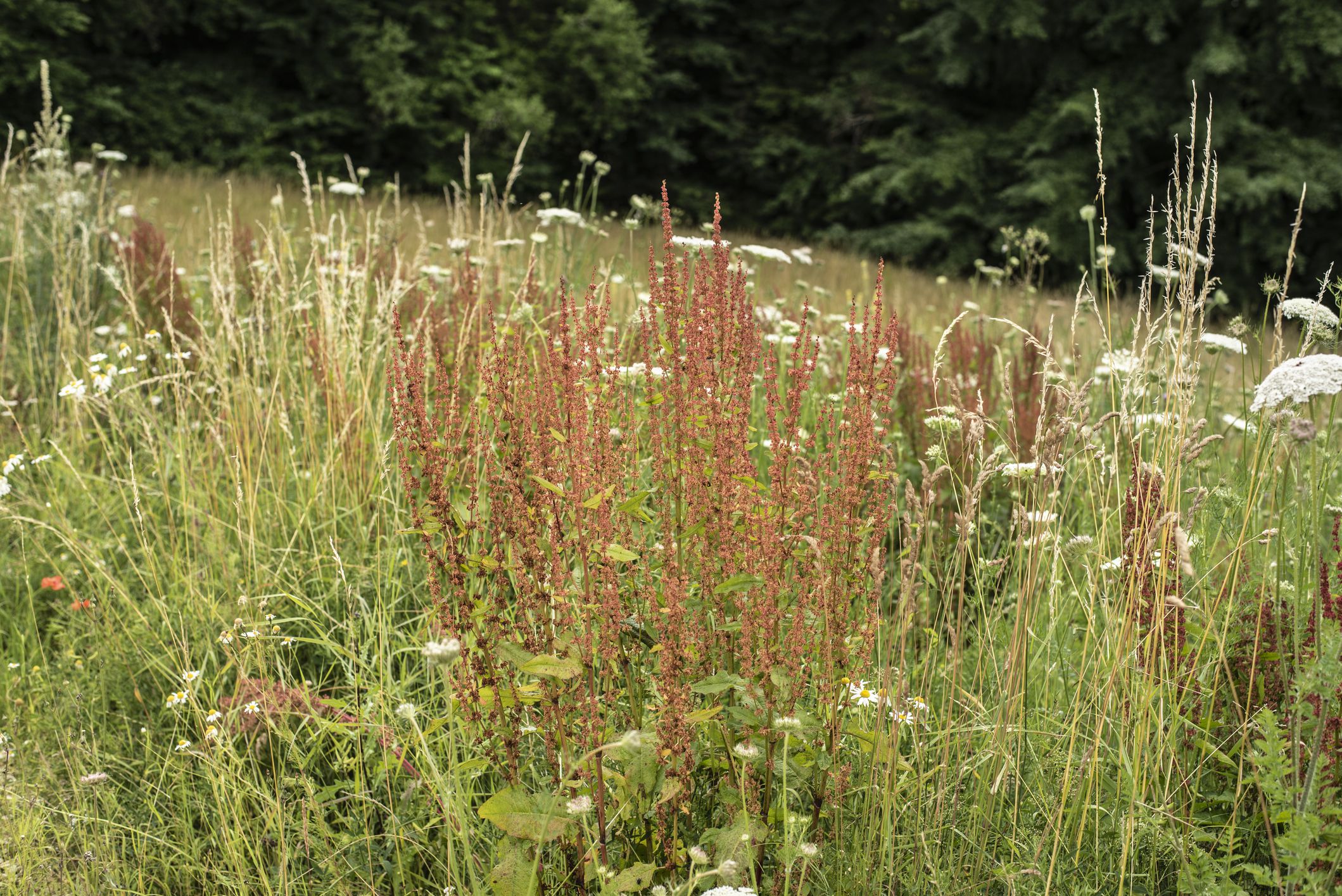
Red sorrel packs a strong flavor with a sour, lemon-like bite. Like many other backyard plants on this list, they are great in salads, soups, and sandwiches. This tangy plant can also be used to make different sauces.
5. Creeping Charlie
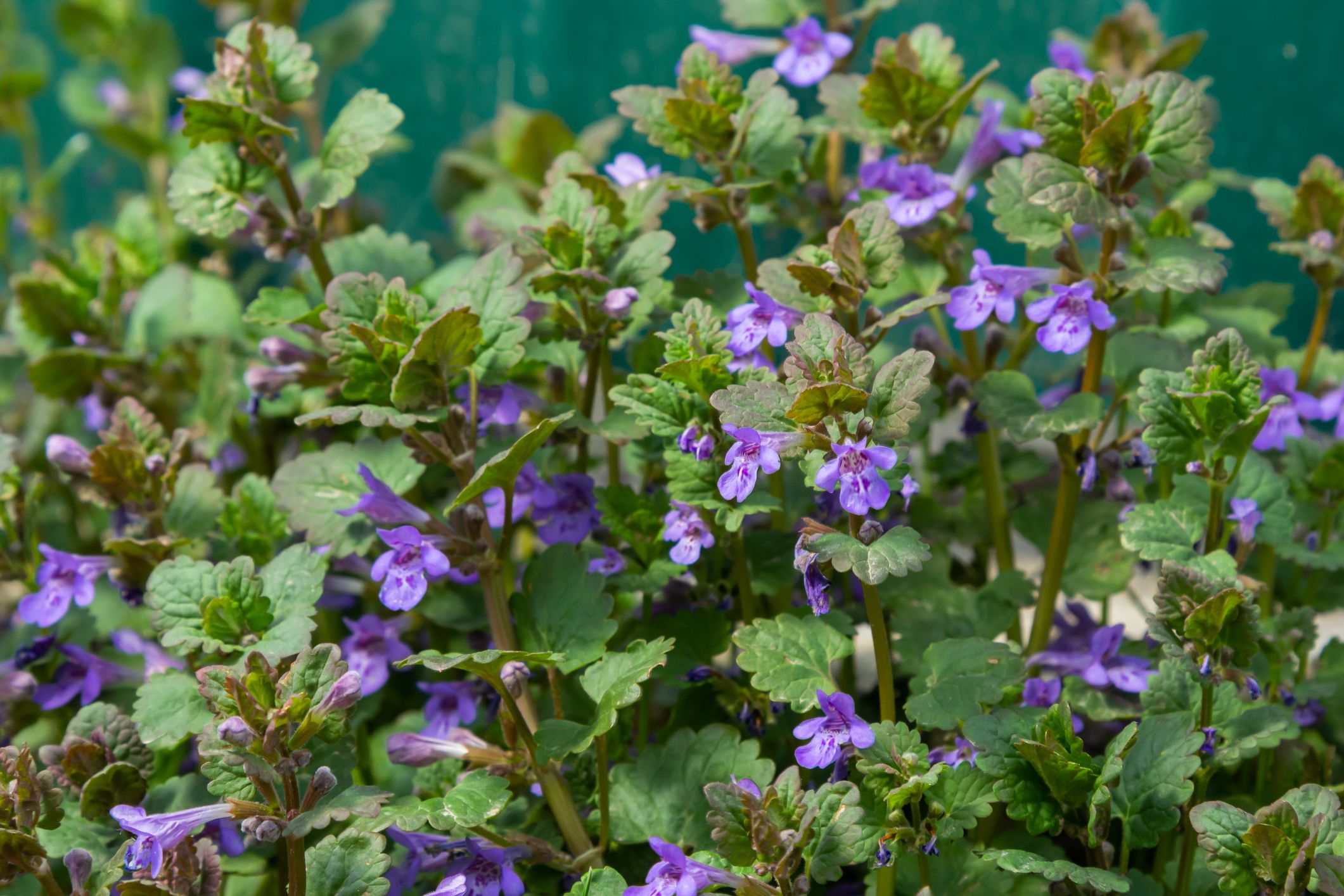
Creeping Charlie is a bee hotspot for springtime nectar, and it’s also rich in Vitamin C. This plant works best in tea, where it takes on a minty lifeform, but you can also put the leaves in a salad.
Trending on Cheapism
6. Hostas
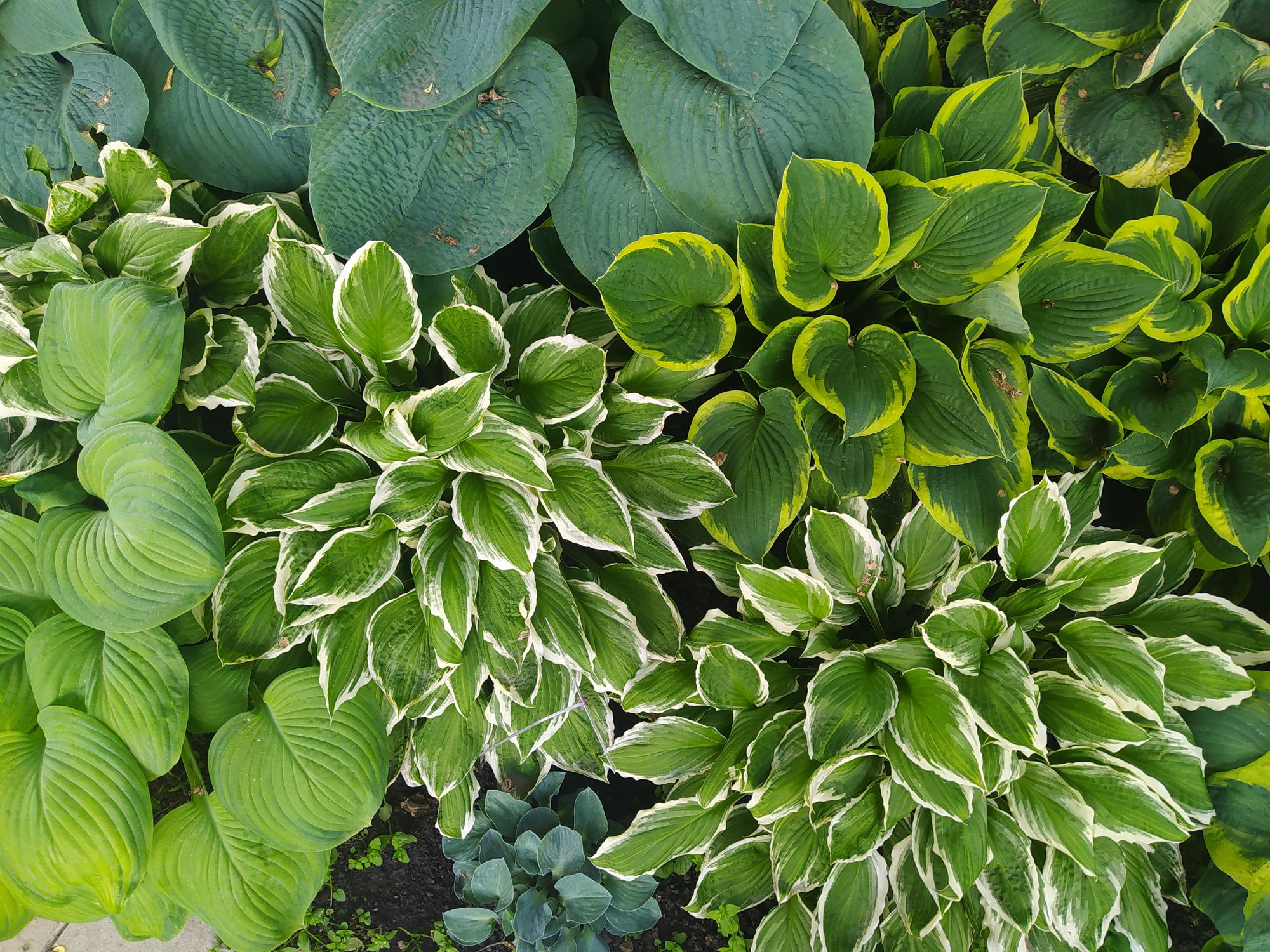
Hostas might be one of the most common and hardy backyard plants, and they’re surprisingly edible too. The entire plant from the shoots, buds, leaves, and flowers, can be consumed either raw or cooked, depending on the part. The small shoots are good in salads or sautéed in olive oil with salt and pepper while the flowers work best as a garnish. Smaller leaves are less bitter than larger leaves and taste best raw, while the larger leaves are ideal as a wilted green.
7. Daylilies
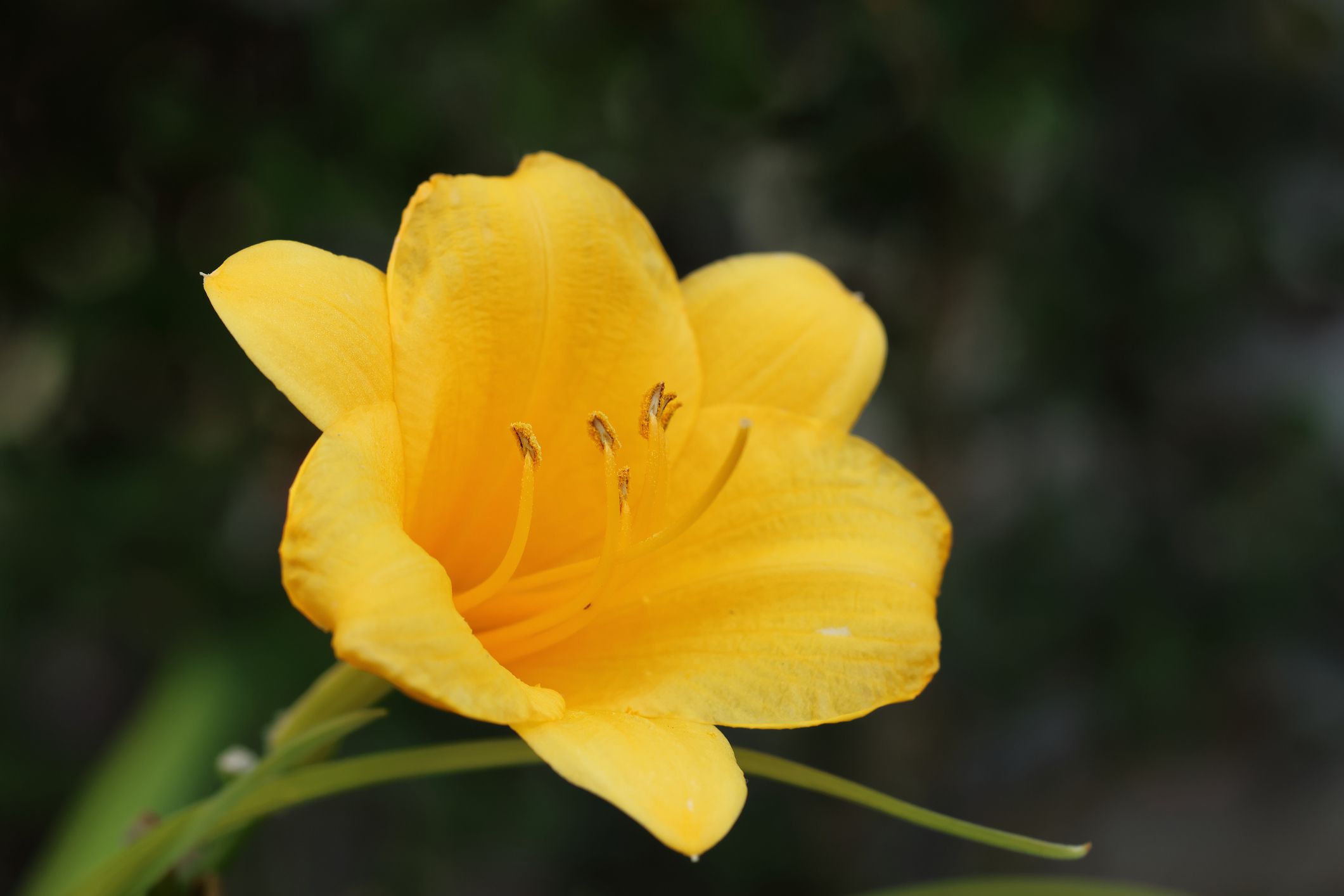
Daylilies are beautiful to look at and are delicious to boot. It’s best to eat the shoots in the early stages, cooked in pasta or stir-fry. The flower buds taste sort of like asparagus and as such are best sautéed in butter with garlic, salt, and pepper. The fresh flower petals are good in salads, while the dried version can be added to soups to add more texture.
8. Hibiscus
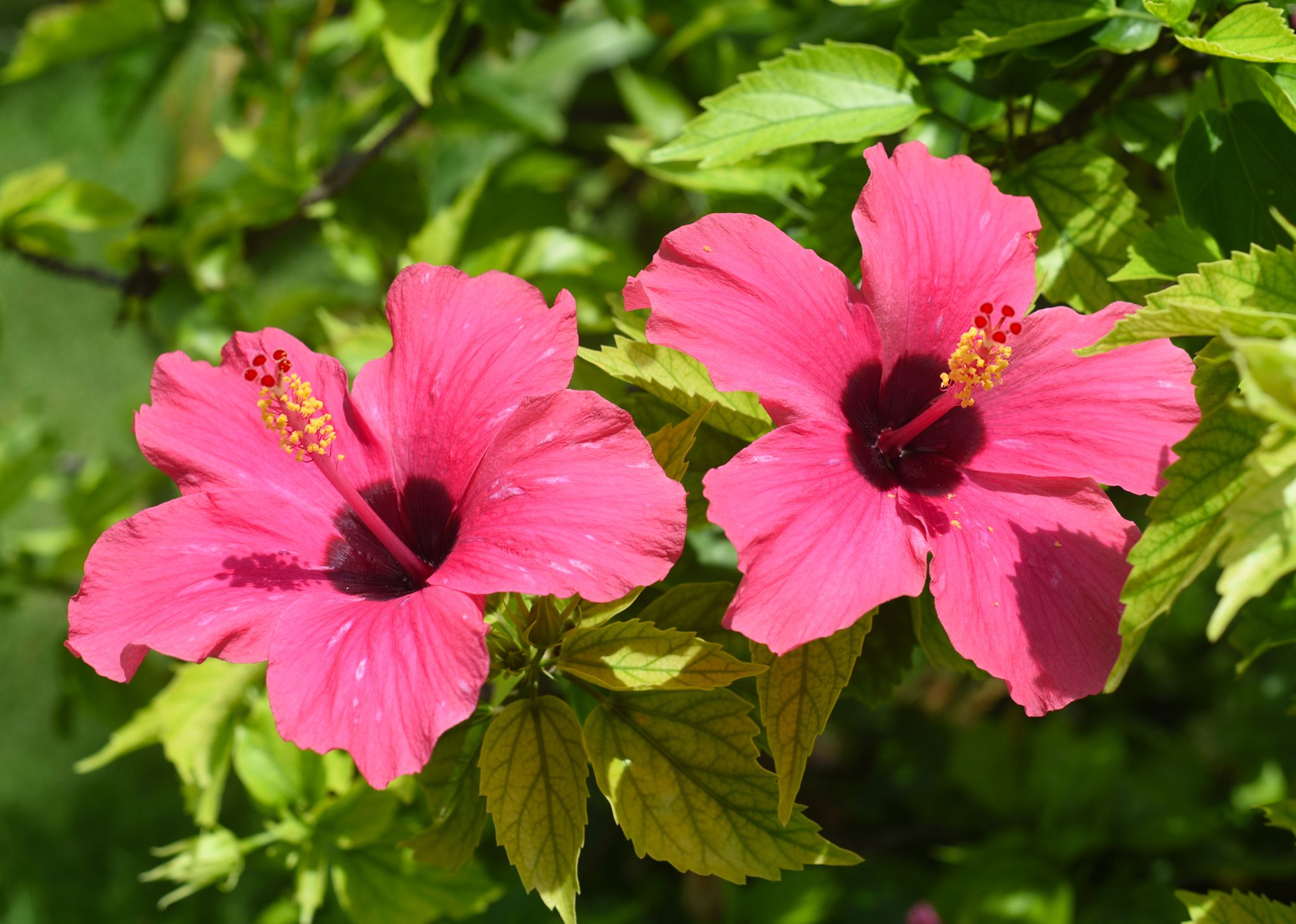
You can eat hibiscus flowers raw, cooked, dried, or even pickled! This flower is also delectable in beverages like tea, juice, or lemonade. You can even use them as a natural food dye.





